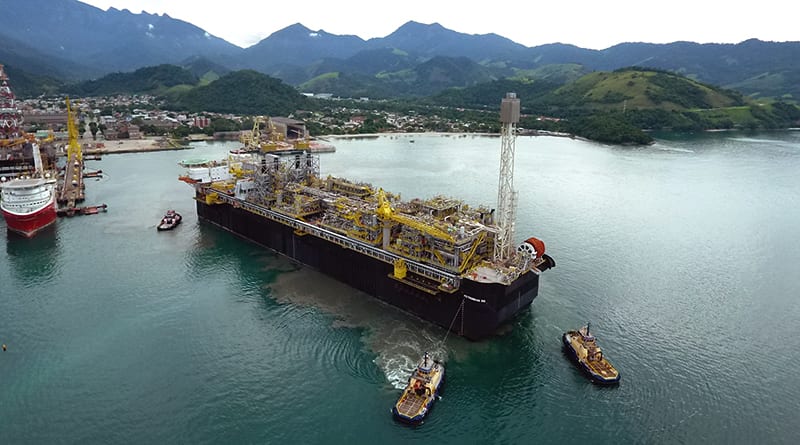Research from Norway Group Rystad Energy shows that Brazil is driving a wave of cold-stacking floating rig reactivations as the state-owned Petrobras pushes for higher crude output by 2030.
In oil and gas, cold-stacking is the equivalent of shuttering a factory in manufacturing; rigs and equipment are packed up and stored, and employees tied directly to the operation of the equipment are laid off. The process is also referred to as “mothballing” and is a cost reduction step taken when a rig’s contracting prospects look bleak or available contract terms do not justify an adequate return on the investment needed to make the unit work ready (e.g., repairs or refurbishment).
“As floater availability begins to tighten, particularly for higher-spec units, oil and gas operators have started to see the need to pick floaters from the pool of cold-stacked units for their upcoming drilling programs,” Rystad Energy pointed out.
South America drilling activity to peak in 2022: Guyana, Brazil driving uptick – Rystad | OilNOW
Year-to-date, three floaters have already been reactivated, Rystad Energy said, with another four to be reactivated before the end of 2022 and 2023 based on upcoming firm contracts. And of that number, four are for contracts in Brazil.
Rystad Energy’s research shows that during the market downturn that started in the middle of the last decade, drillers have been disciplined about reactivating cold-stacked floaters. Between 2016 and 2021, only 12 floaters were reactivated from cold-stacked status and all the cold-stacked reactivations were for term work or for shorter contracts with potential follow-on work.
But as more term contracts are awarded and day rates continue a steep upward trajectory, Rystad Energy said the market is now seeing an uptick in cold-stacked reactivations. And the average time a cold-stacked rig has spent idle prior to reactivation in 2022 is about 2.4 years, which is similar to the average idle time of the reactivations during 2018 and 2019.
Pricey FPSOs startle Petrobras as it pursues production ramp-up | OilNOW
On the other hand, Rystad Energy said the number of warm-stacked reactivations in the floater market has remained at about 30 rigs per year since 2018, while the average time stacked has dropped from 1.4 years in 2018 to one year in 2021.
Hot [or warm] stacking involves paying a skeleton crew to stay on the rig and conduct regular maintenance to ensure a smooth reactivation when the equipment is once again in demand and brought back online.
Currently, the average idle time of the 19 known warm-stacked floater reactivations for 2022 is 1.1 years.




